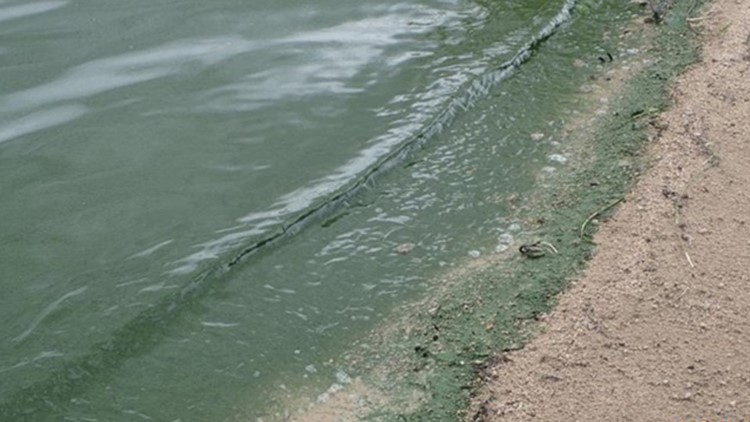NAMPA, Idaho — Public health advisories have been issued for Lake Lowell and the Hells Canyon and Brownlee reservoirs after harmful algae blooms were found there recently.
Southwest District Health and the Idaho Department of Environmental Quality issued the advisories and are now urging visitors to use caution when recreating in or near the water.
Officials said recent samples taken from the bodies of water indicate high concentrations of toxin-producing cyanobacteria, which can be harmful to people, pets and livestock. Those with liver or kidney damage are at an increased risk of illness.
Cyanobacteria are naturally occurring in Idaho. According to officials, when temperatures rise, their populations can bloom and toxic chemical compounds, or cyanotoxins, can be released into the water. Blooms can vary in appearance, and may look like mats, foam, spilled paint, or surface scum and have a foul odor.
Recreators should follow these precautions while the advisory is in effect:
- Avoid swimming, wading, or other activities. Take extra precautions to ensure children, pets and livestock are not exposed to the water.
- Do not drink or cook with water containing a bloom. Boiling and filtering the water can increase the risk.
- Wash your hands thoroughly after handling fish caught in water experiencing a bloom. Cyanotoxins can accumulate in fish and the risk to people is being researched. Any fish caught should be cleaned and washed thoroughly in uncontaminated water and any internal organs disposed of before consumption. If people choose to eat fish from this area, filet the fish and remove all of the fat, skin, and organs before cooking.
- Clean with potable water as soon as possible if water contacts skin or pet fur.
- Symptoms of cyanotoxin exposure include rashes, hives, diarrhea, vomiting, coughing and/or wheezing. If symptoms persist, consult your healthcare provider.
The public will be advised when it is safe to go back in the water again.
Watch more Local News:
See the latest news from around the Treasure Valley and the Gem State in our YouTube playlist:



